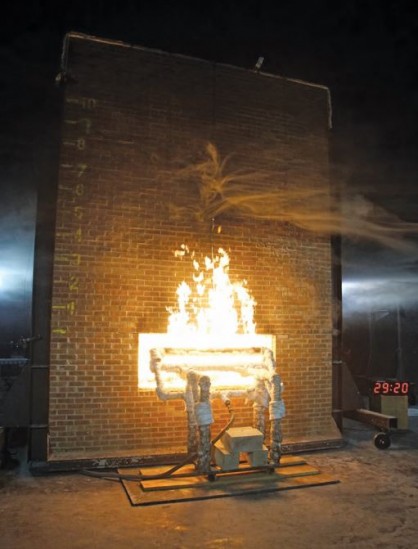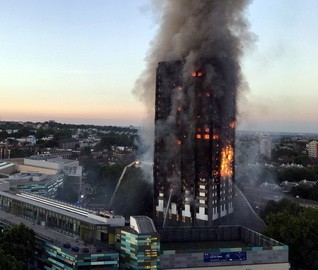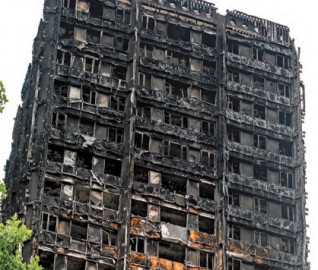
The Grenfell Tower fire that occurred in London on June 14, 2017, is a recent tragic example of a safety issue that has been plaguing the building industry for some time—specifically, the use of combustible materials with a high propensity for flame spread as part of a building’s exterior wall system. Accounts of this event report at least eighty deaths attributed to the fire, with another seventy injured.
Early reports suggest that the fire began in a fourth-floor apartment and that the point of origin may have been a fridge-freezer. The building had recently been reclad with aluminum composite panels, which are reported to be the main contributor of fuel for the fire. The event triggered an interest in checking other similarly clad buildings in Great Britain and elsewhere.
This article was originally published in the September 2017 issue of RCI Interface, the technical journal of RCI, Inc.
RELATED INFORMATION
-
 Michael J. Rzeznik, Associate PrincipalWJE New Haven MORE >People | Michael J. Rzeznik, Associate Principal
Michael J. Rzeznik, Associate PrincipalWJE New Haven MORE >People | Michael J. Rzeznik, Associate Principal -
 Douglas R. Stieve, Senior PrincipalWJE Princeton MORE >People | Douglas R. Stieve, Senior Principal
Douglas R. Stieve, Senior PrincipalWJE Princeton MORE >People | Douglas R. Stieve, Senior Principal -
 Codes and standards have evolved to address concerns about exterior wall materials that... MORE >Webinars | Exterior Cladding and Fire Protection: More than Skin Deep
Codes and standards have evolved to address concerns about exterior wall materials that... MORE >Webinars | Exterior Cladding and Fire Protection: More than Skin Deep -
 Fire protection design in high-rise structures MORE >Articles | Exterior Cladding and Fire Protection: More Than Skin Deep
Fire protection design in high-rise structures MORE >Articles | Exterior Cladding and Fire Protection: More Than Skin Deep



































